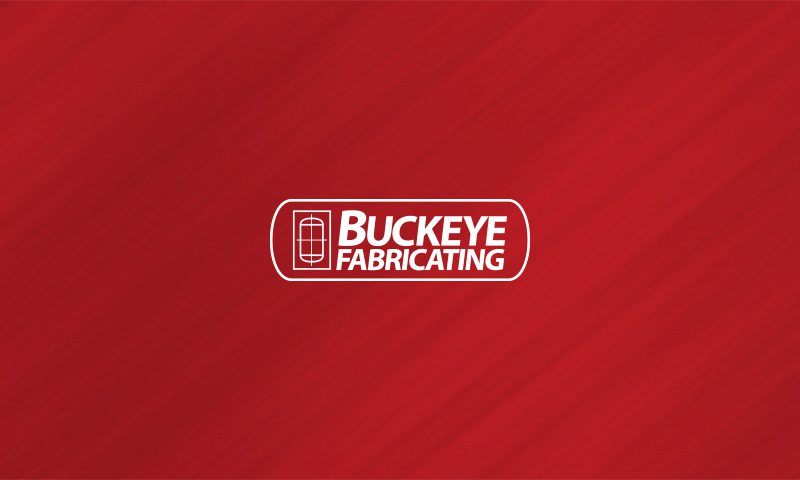When considering pressure vessel fabrication, there are three critical aspects, or pillars of design, that bear heavily on the fabrication and resulting utilization of the end product. Design temperature, design pressures and mechanical load, including any transitory weights and dead weights, are all significant when considering the material to be selected for fabrication. This includes any variations expected over the lifetime of the installation as well as any environmental additions or subtractions that might influence these three pillars.
Mechanical Load
Of these three, mechanical load has the most potential for the least transitory effects. Once installed, with the necessary piping and equipment, the mechanical load is stable with the possible exception of any external temperature effects or environmental loading such as snow or wind effects. Therefore, while mechanical load will have a significant aspect to material selection for your fabrication, it has the least influence of the three.
Design Pressure
While all three pillars are addressed in ASME Code and Guidelines, some transition effects will exist over the life of the installation and thus some variations are allowed in the material selection. This makes it incumbent on the design and engineering concerns to correctly identify all ranges of design pressure to be available in the vessel in order to properly and correctly select the appropriate material for fabrication. This includes specifying the maximum and optimal ranges as well.
Design Temperature
Along with pressure, design temperature has a direct relationship to the material required. Additionally, temperature effects can be experienced due to external factors and internal loading factors and these must also be addressed by the material selected. Therefore, these facets must be identified before the selection process to ensure the correct material is selected to deal with expected or potential temperature ranges, both externally and operationally.
Material selection is a key process to developing and delivering a successful pressure vessel. Thus ensuring that these three pillars or aspects are properly addressed, will further enable the best possible selection and fabrication for your specific project. There are numerous material types available and their usage can address a variety of concerns, however these three are the most important pillars of material selection and the ones most important to your fabrication.



 ASME Informational
ASME Informational Tank Materials
Tank Materials